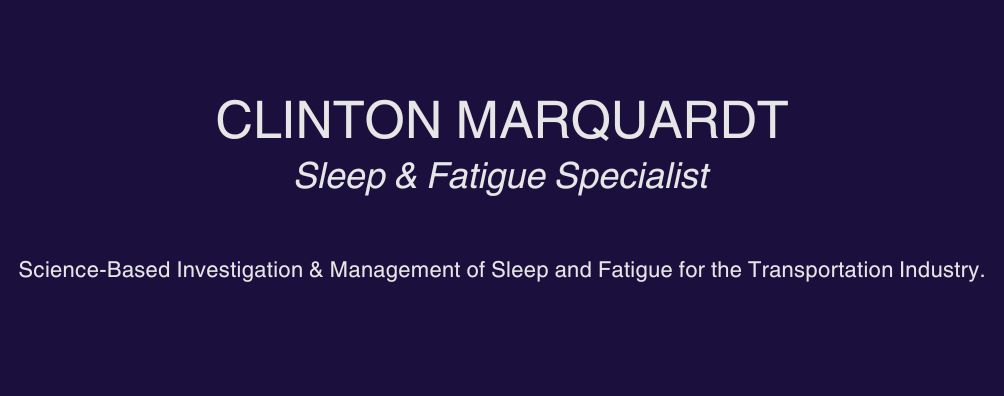Making the case for investing in the sleep of your workforce is not always an easy sell, especially within industries without any fatigue management regulations. The Occupational Health and Safety Pros get it, but the Financiers need to see numbers. They want to see a return on their investment. Over the years I have saved up a number of compelling examples for capturing the executive attention.
Here is one of my favourites. I ask “How would you like to reduce your sick leave by 28%?” Then I give them an example.
 “One person with sleep problems is more likely to take 10 days or more in sick leave annually. At $30 per hour, this person is costing you $240 for every sick day. At 10 sick days, this will cost you $2,400 per year. In a company of 100 people, sick leave could cost you $240,000 per year. A recent study showed that sick leave could be decreased by 28% if you address the sleep problems of your workforce[1]. In one year, you could recuperate $67,200 in sick leave. Across 10 years, this turns into $672,000, or more, when you factor in pay raises and inflation.”
“One person with sleep problems is more likely to take 10 days or more in sick leave annually. At $30 per hour, this person is costing you $240 for every sick day. At 10 sick days, this will cost you $2,400 per year. In a company of 100 people, sick leave could cost you $240,000 per year. A recent study showed that sick leave could be decreased by 28% if you address the sleep problems of your workforce[1]. In one year, you could recuperate $67,200 in sick leave. Across 10 years, this turns into $672,000, or more, when you factor in pay raises and inflation.”
Then I say “I have 5 more fatigue risk factors we could look at; each one could save you similar amounts in operating costs. Five times $672,000 plus the first $672,000 in sick leave puts $4,032,000 back into your budget across 10 years.”
Four million dollars just by addressing sleep and fatigue issues. Isn’t that worth an investment?
Reference
[1] Lallukka, T., Kaikkonen, R., Härkänen, T., Kronholm, E., Partonen, T., Rahkonen, O., & Koskinen, S. (2014). Sleep and sickness absence: A nationally representative register-based follow-up study. Sleep, 37(9), 1413-1425.
Comment:
Thanks, Clint. Can you follow-up with what/how to provide solutions?
Duncan Klett, Co-Founder and Fellow at Kinaxis
Clinton’s Answer:
Great comment Duncan…every problem needs a solution. From an organizational solution perspective, what we need to to is somehow identify people with sleep problems and then get them some help. Sleep problems can be actual sleep disorders or just problematic sleep that does not meet diagnostic criteria for disordered sleep. When I am asked to help out with this, I offer a number of approaches ranging in complexity and effectiveness. The best solution would be to have everyone undergo an overnight sleep study that monitors all sorts of biological signals like brainwaves, breathing, movement and a whole host of other ones. Strategies, solutions and treatments to improve and optimize sleep can then be tailored to the individual. Although this is the best approach, it can be a big project with a significant financial investment. Plus, there is the challenge of getting people to participate.
Another great solution is to provide people with information about what good and bad sleep looks like to help them self-identify sleep problems. Follow up information would need to provide solutions people can pick and choose from to solve their own sleep problems. This can often be completed through training programs.
But my favourite approach is one in the middle of the above 2. It is to have people use wearable tech to monitor their sleep and then to spend some time one-on-one with me or a colleague for sleep coaching to improve and optimize sleep using the data from wearable tech. I am completing a big project using this approach right now with firefighters in California.
Are these solutions what you had in mind?
Duncan’s Answer
Yes, that gives me some idea as to one way to help solve the problem. Thanks.


